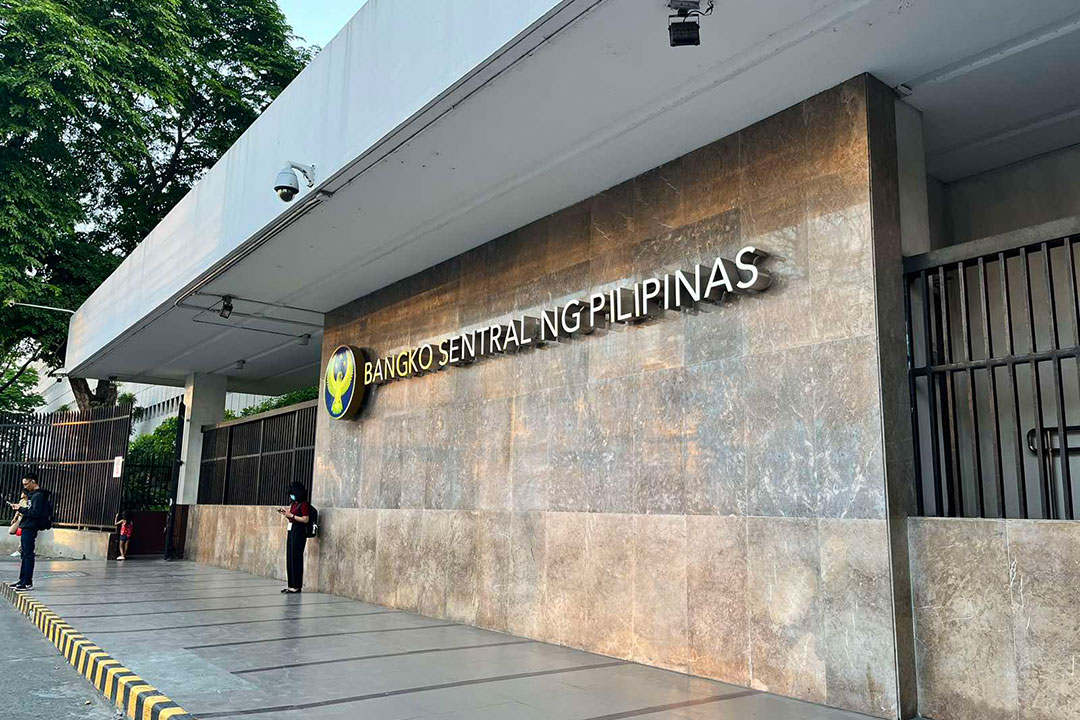Term deposit yields go down as market expects more rate cuts

YIELDS on the term deposits offered by the Bangko Sentral ng Pilipinas (BSP) continued to go down on Wednesday, tracking the broad decline in secondary market rates amid bets of further monetary easing here and in the United States.
Bids for the central bank’s term deposit facility (TDF) reached P105.104 billion, slightly higher than the P100 billion on offer but lower than the P128.389 billion in bids for the same volume auctioned off last week. However, the BSP only awarded P86.909 billion in papers as the two-week tenor was undersubscribed.
Broken down, the seven-day term deposits attracted P58.145 billion in bids, more than the P40-billion offer and the P55.593 billion in tenders for the same volume placed on the auction block last week. The central bank made a full P40-billion award of the one-week tenor.
Accepted yields were from 5.03% to 5.11%, narrower than the 5% to 5.185% margin logged a week ago. This caused the average rate for the seven-day papers to fall by 1.47 basis points (bps) to 5.0828% from 5.0975%.
Meanwhile, tenders for the 14-day deposits amounted to just P46.959 billion, below the P60-billion offer and the P72.796 billion in bids for the same auction volume last week. The BSP accepted only P46.909 billion in tenders for the two-week tenor.
Banks asked for rates ranging from 5.05% to 5.15%, narrower than last week’s 4.98% to 5.165% band. With this, the average yield of the 14-day papers inched down by 0.35 bp to 5.1114% from 5.1149% last week.
The BSP has not auctioned off 28-day term deposits for nearly five years to give way to its weekly offerings of securities with the same tenor.
The TDF and BSP bills are used by the central bank to mop up excess liquidity in the financial system and to better guide market rates towards the policy rate.
Term deposit yields declined further on Wednesday to mirror the lower rates seen at the fixed-income market as players expect further policy easing from both the BSP and the US Federal Reserve, Michael L. Ricafort, chief economist at Rizal Commercial Banking Corp., said in a Viber message.
“[This] led more investors to lock in yields before they go down further in the coming months,” Mr. Ricafort said.
The BSP’s policy setting Monetary Board last month lowered borrowing costs by 25 bps for a third consecutive meeting to bring the policy rate to 5%.
It has now cut benchmark interest rates by a cumulative 150 bps since it began its easing cycle in August 2024.
BSP Governor Eli M. Remolona, Jr. said the current key rate is now at a “sweet spot” for both inflation and output, but one more reduction is possible within this year to support the economy if needed, which would likely mark the end of their rate cut cycle.
The Monetary Board’s last two meetings this year are scheduled on Oct. 9 and Dec. 11.
Finance Secretary and Monetary Board member Ralph G. Recto also said on Tuesday that the central bank may deliver one more rate cut before yearend, depending on the data.
The Fed was widely expected to cut its benchmark interest rate by a quarter of a percentage point to the 4%-4.25% range at the end of its two-day monetary policy meeting overnight, Reuters reported.
The main focus beyond the rate decision will be on Fed Chair Jerome H. Powell’s comments on the outlook for US monetary policy.
The spotlight will also be on whether policymakers considered a bigger 50 bps cut at a time when President Donald J. Trump pushes ahead with a rushed effort to overhaul a pillar of the US economy, stoking concerns about the central bank’s independence.
Money markets expect the Fed to lower policy rates by nearly 70 bps by the end of 2026, according to LSEG data. — Katherine K. Chan with Reuters



